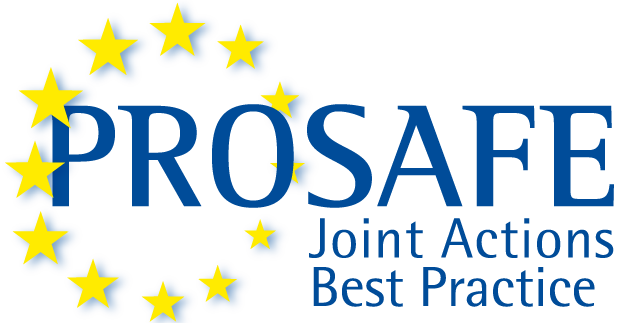European Home Authority Principle
PROSAFE has further developed the principle of a home authority in the framework of two EU co-funded Joint Market Surveillance Actions: Joint Action 2011 (JA2011) and Joint Action 2012 (JA2012).

The ‘Home Authority’ Task Working Group was first formed from JA2011 participants who were interested to participate to varying degrees in this particular subject matter, before being taken over by the successor JA2012.
The proposed approach based on the ‘home authority’ principle was originally developed in the UK some decades ago to minimise inconsistencies in advice being given to businesses as well as ensure a more coordinated approach to market surveillance and enforcement.
The home authority principle is based on the premise that a market surveillance authority has a manufacturer or a main distributor/importer located within its area or country and therefore it is called the ‘Home Authority’ or ‘Lead Authority’. The rest of the market surveillance authorities in various other parts of that country or other Member States are, for all intends and purposes, are referred to as ‘Enforcement Authorities’.
So, what is the difference between the two?
According to the proposed European Home Authority Principle (EHAP), the home authority is expected to take the ‘lead’ by being the first contact point/reference point in communication for the economic operator. EHAP’s main intention is to streamline communication, ensuring that information is shared quickly so that decisions can be made proportionately and consistently across Europe.
The proposed strategy was already assessing from the outset the need for a simple ICT platform to compliment the two existing systems managed by the European Commission: the Safety Gate alert system for dangerous non-food products, and ICSMS (Information and Communication System for Market Surveillance).
Joint Action 2013 (JA2013) took up this challenge by introducing the first pilot of what is since then known as PROSAFE’s Rapid Advice Forum (RAF), an IT-supported peer-to-peer communication system used by market surveillance officers to share fast advice and feedback relating to market surveillance. The latest and most modern iteration of the tool has been developed and introduced under the EEPLIANT3 Concerted Action within the EEPLIANT3 Wiki Confluence offered by the European Commission.
